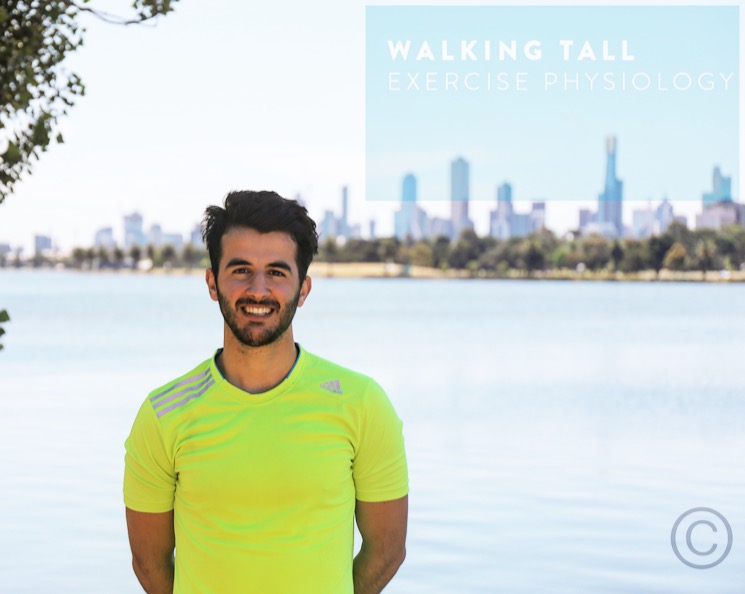This article is designed to inform and educate youth players and their parents about the fundamentals of building a foundation of advanced coordination, technique, and musculature strengthening – in order to ensure these aspiring athletes develop into footballers with advanced functioning to allow them to reach their potential and prevent the onset of injuries in later years.
Let’s start by covering the topics that will be discussed below:
- Ligament and tendon strengthening;
- Co-ordination and balance;
- Accumulation of practice.
Young bodies are constantly changing and growing. It is important to be mindful that constant growth can also increase risk factors that can lead to injury and reduced performance.
Bones grow, causing muscles to tighten reducing our range of movement and flexibility. Ligaments and tendons, which are meant to be lax, have increased loads and force placed upon them due to this growth. Posture changes occur, causing imbalances.
All these factors have a significant effect on health and performance. Tendons and ligaments play a pivotal role in allowing the body to move freely at the joints (neck, shoulder, hip, knee ankle) as they interconnect all parts of the body. These connective tissues that connect muscle to bone, or bone to bone, regulate muscular contractions and stabilise joints, allowing for greater utilisation and control.
So how can these areas be strengthened? By undertaking a tailored gym\resistance program (in this case lights weights).
This will facilitate the tightening and strengthening within joints (ligaments\tendons), increasing the cross-sectional strength and stabilisation of the skeletal system and musculature, allowing movements such as running, kicking, passing and riding tackles, turning\landing\twisting, to be more fluent and structurally sound. If these structures remain strong and elastic, the body can adapt to strenuous loads without causing injury.
Moving on, let’s review the physical attributes of Lionel Messi, the best player in the world, and analyse some of the strengths that separate him from other footballers. Co-ordination and balance are the key pillars in movement patterns and execution of a skill, which if trained correctly improve a footballer’s ability to tackle, remain in control during body contact, dribble, pivot, run and turn – as Messi does so effortlessly.
To understand this concept of training and practice I want to highlight the process of how we learn to walk. A young child waddles with wide steps (base of support), swaying from side to side, planting their whole foot for additional balance. It burns a lot of energy to execute such a simple skill because more muscles and attention are needed to perform this task.
When walking is mastered, our gait progresses to a narrow plane. The upper body stays upright and we plant our foot in a heel-to-toe strike for a smoother movement, allowing us to perform this task with less muscle recruitment and energy. So what was initially a difficult skill now becomes an effortless routine. Through practice, one is able to execute skills such as walking and still be able to multi-task.
Messi has this exact same process except at a much more complex level. He does not have to concentrate on his ball control or ability to dribble, but rather scan his opponents for a more difficult task such as threading a pass or observing his opponents’ body movement or momentum. So through specific training with an exercise physiologist, we help make a difficult task an easy one, and this process is continued as it is a main driver of personal growth.
There’s a general rule that it takes approximately 10,000 hours of practice to master one’s craft, but we need to realise that different types of practice can allow\prevent us from achieving our goals.
We need to realise there is practice and then there is deliberate practice. Practice usually involves repeating a skill we can already execute effortlessly – this is known as a fixed mindset. Deliberate practice involves undertaking practice that requires learning a new skill – a skill we cannot yet complete, a task that is difficult. This is known as a ‘growth mindset’ and is the key to improving as a player.
A large proportion of the soccer community is unaware of the exercise science behind performance and functioning of the body’s systems and brain mechanisms. Take note that when we hear about regular ankle rolls, ACL ruptures, knee ankle\reconstructions, chronic back pain, dislocated joints, torn muscles and strains, these are in most cases an accumulation of deconditioning and lack of tailored training through their formative years that has led to injury years down the track.
An exercise physiologist will provide youth players with sports specific training and gym programs to improve these areas that are overlooked. They will help footballers perform better from a physiological perspective and give them an edge over those who neglect these vital areas of training, but also provide them with the skillset to increase their performance off the park so they can have success on the park.
For more information visit the ‘Walking Tall Exercise Physiology’ Facebook page or email walkingtall.ep@gmail.com.

